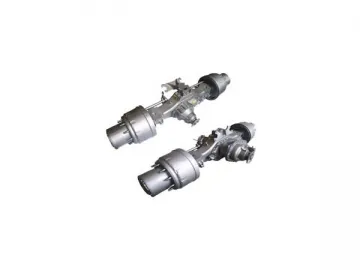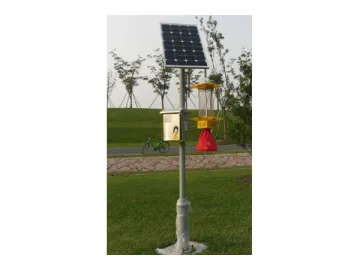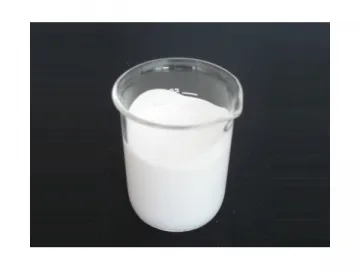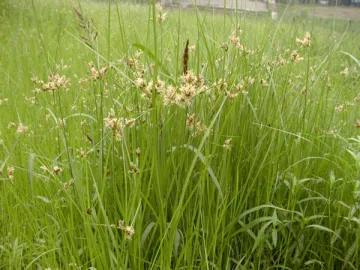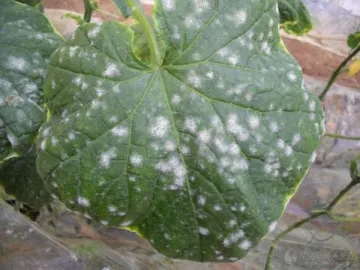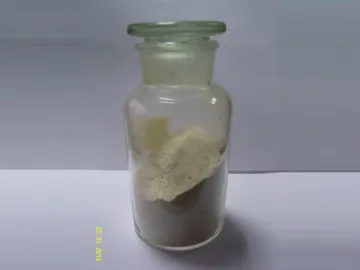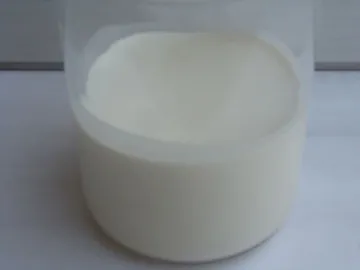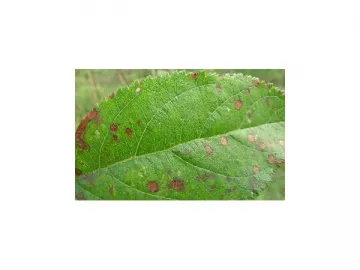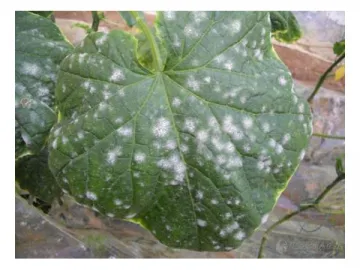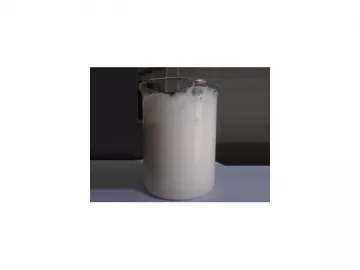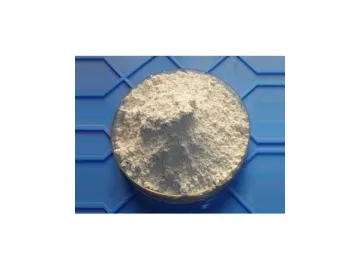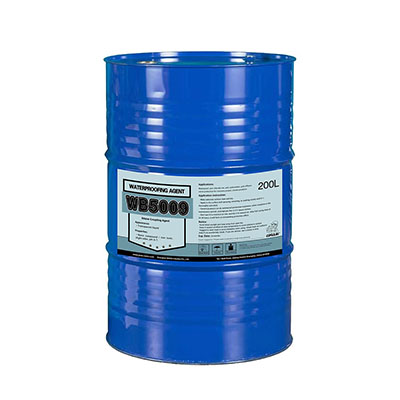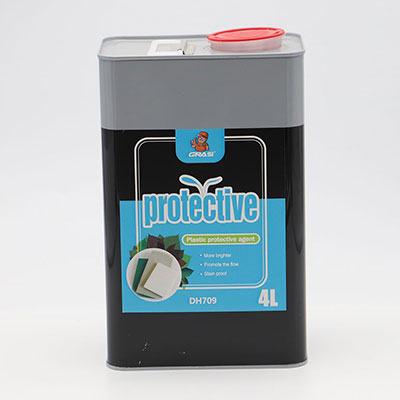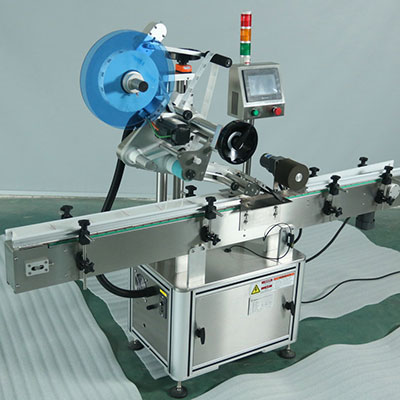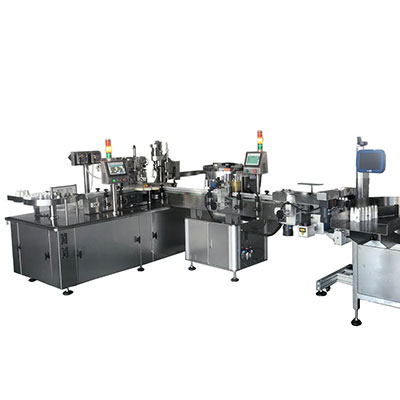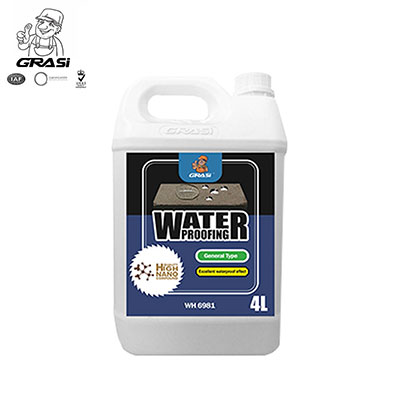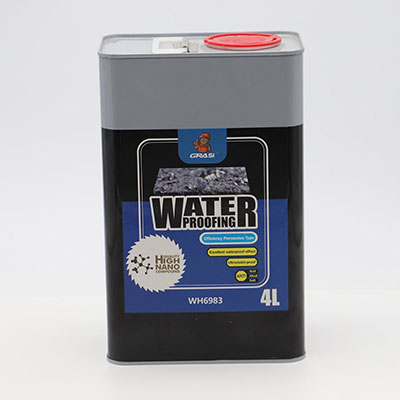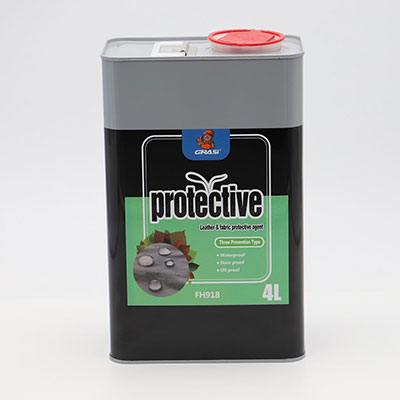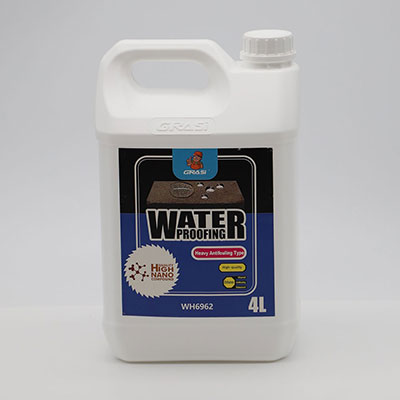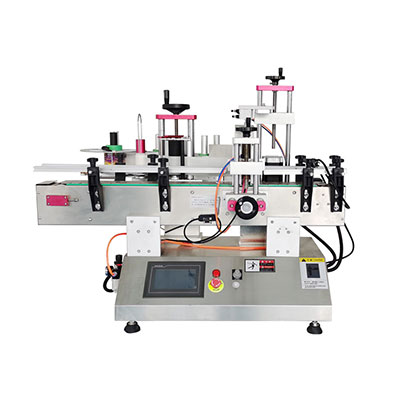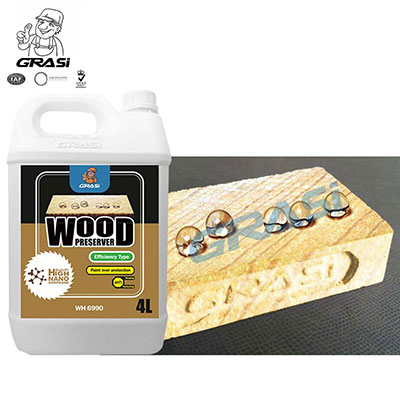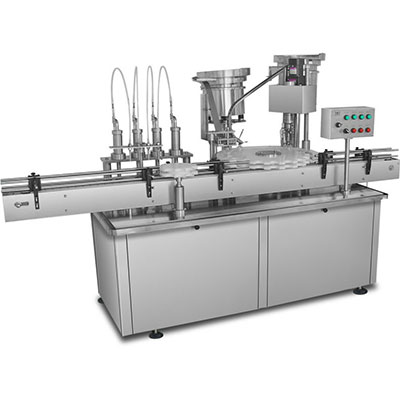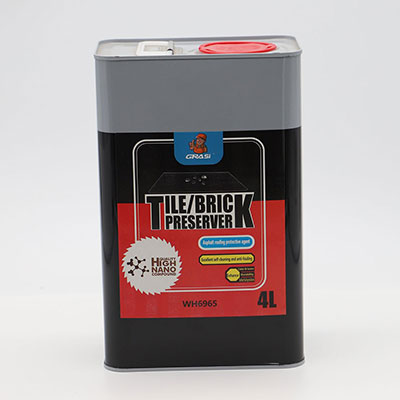Phoxim
Brief Introduction
1. Product name: Phoxim
2. Other names: Baythion, Volaton, Valexone, Phoxime, Sebacil, Valexon, B 77488, BAY 5621, BAY 77488, Bayer 9053, BAY SRA 7502, ENT 27488, Foxim, OMS 1170, Sebacil
3. Formulation: 40% EC
4. CAS No.: 14816-18-3
5. CBNumber: CB2255860
6. Molecular Formula: C12H15N2O3PS
Product Features
Phoxim is a broad-spectrum, non-systemic insecticide with strong efficacy as well as contact and stomach poisoning actions. It is especially effective for lepidopterous larvae. As it is not stable under the sunlight, it features rapid degradation and short residual period, thus greatly lessening the danger of residual. However, this broad spectrum pesticide has long residual period once applied into the soil. Therefore, it also fits to control the underground pests.
Application Objects and Methods
| Crop | Application Method | Targeted Object | Dosage (mL/hectare) |
| Wheat | Spray | Wheat aphid, wheat sawfly | 750-1500 |
| Cotton | Irrigate in the core of leaves | Cotton bollworm, aphid | 750-1500 |
| Vegetable | Cabbage worm | 750-1125 | |
| Tobacco | Defoliator | 750-1500 | |
| Corn | Ostrinia nubilalis | 1125-1500 |
Attentions
1. The pre-harvest interval of phoxim for crops is 20 days.
2. As this crop protection chemical is readily decomposed under lighting condition, so spraying is better implemented at dusk or in cloudy days without rain.
3. It is high-toxicity to bees, so it is inappropriate applying it on bee plants.
4. Mixing the product with alkaline pesticides is not allowed. Please prepare the solution according to the need.
5. Please be careful that the cucumber, kidney bean, beet and the broomcorn are susceptible to phoxim, and hazard may be caused without caution.
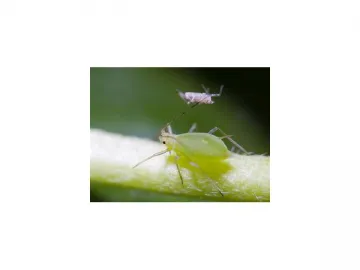
Typical Functions
Phoxim is an organophosphate insecticide which is efficient in management and control of following types of pests.
Links:https://globefindpro.com/products/83946.html
